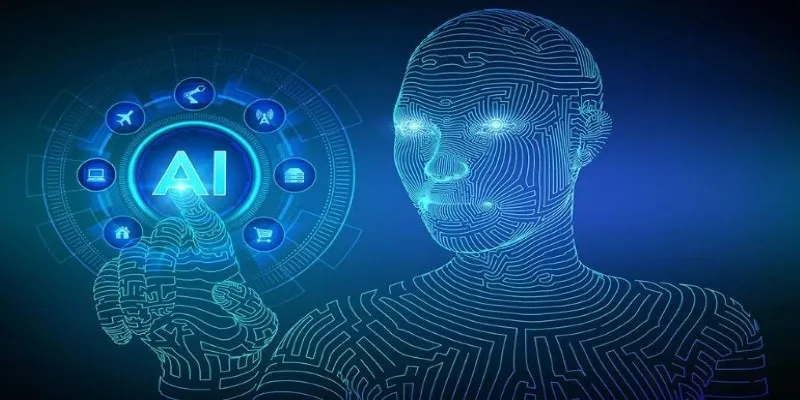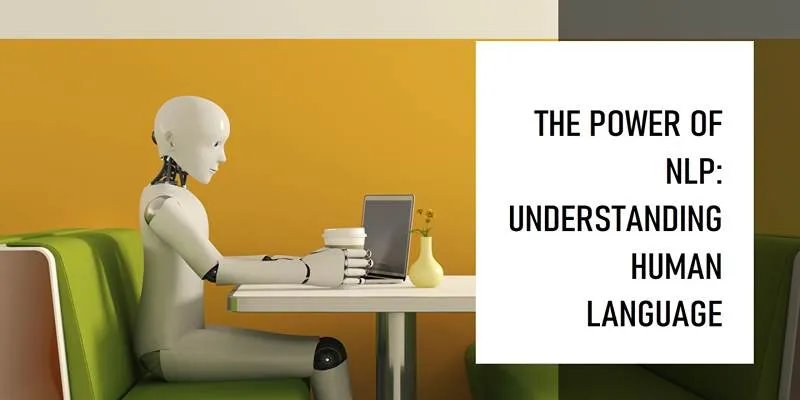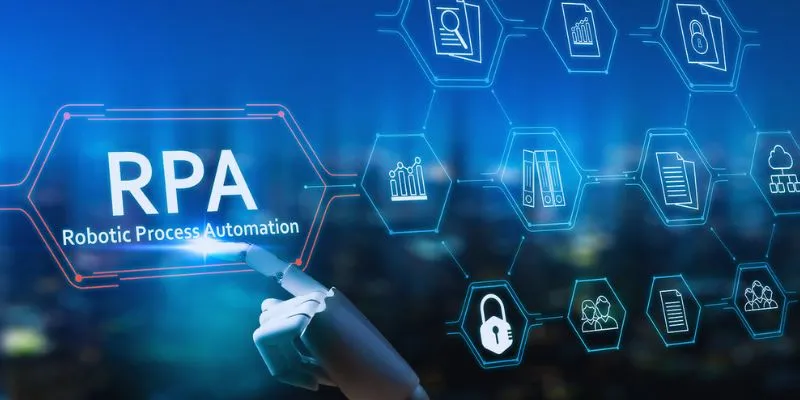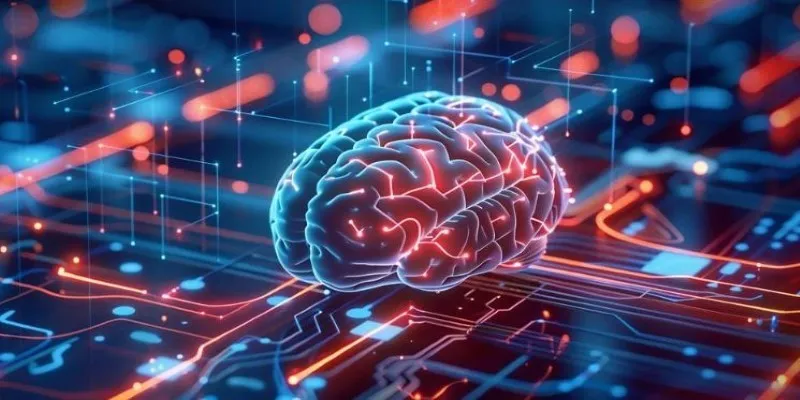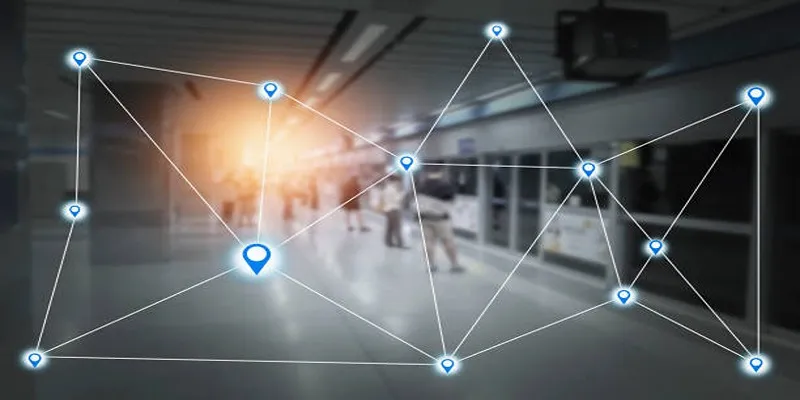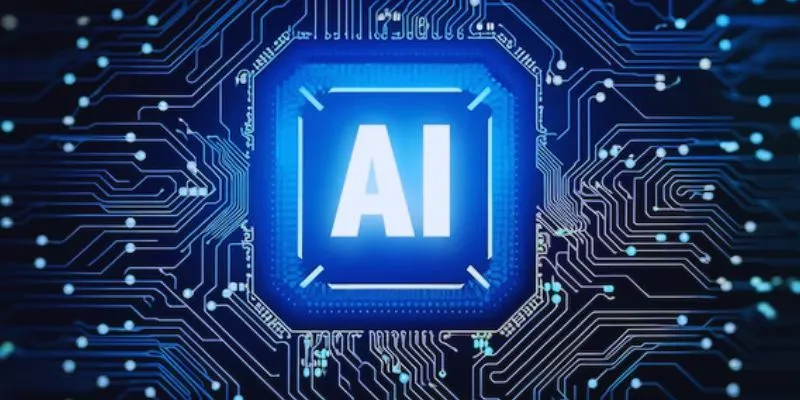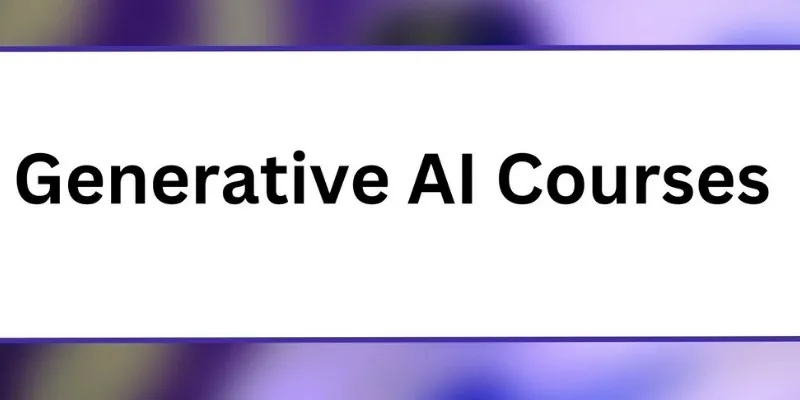Language is full of complexities, and while humans effortlessly understand context, AI struggles to make sense of words without structure. Named Entity Recognition (NER) is a transformative technology that helps machines identify and categorize key information, such as names, places, and dates, from text. Ever wondered how search engines instantly highlight company names or how chatbots recognize locations in your queries?
That’s NER at work. It transforms unstructured text into valuable data, making AI-based text analysis more intelligent and efficient. But how exactly does it function? Let’s explore how this essential tool propels modern artificial intelligence and data processing.
The Fundamentals of Named Entity Recognition
NER is a critical component of text analysis, enabling machines to identify significant words and categorize them into predefined types. It achieves this by reading text and using algorithms to detect words or phrases corresponding to specific entity types. These types may include individuals’ names, locations, numerical values such as dates or financial figures, and specialized types like medical or legal terms.
The process involves two primary steps: detection and classification. First, the system detects probable named entities within the text, identifying words or phrases that may represent certain categories. After detection, the next step is classification, wherein the detected words are labeled according to meaning. For instance, in the sentence, “Elon Musk established SpaceX in 2002,” the system identifies “Elon Musk” as an individual, “SpaceX” as an organization, and “2002” as a date.
To efficiently execute these operations, NER systems rely on various approaches, such as rule-based methods, statistical models, and deep learning. Rule-based methods use predefined patterns and dictionaries to recognize entities, whereas statistical models utilize probabilities to make predictions from training data. Current deep learning models, including those based on transformer architectures like BERT and GPT, leverage vast amounts of text data to learn context and enhance entity recognition efficiency. These models continuously learn from new data, improving their comprehension of diverse language structures.
One of the key strengths of Named Entity Recognition is its ability to process large volumes of text quickly. Consequently, it is widely used in fields like search engines, customer service automation, and medical research. By extracting specific information from extensive datasets, NER enables businesses and organizations to analyze content efficiently, saving time and resources.
Applications and Challenges of NER
The true power of Named Entity Recognition lies in its wide range of applications. In news aggregation and media monitoring, NER helps filter and organize news articles by tagging key entities, making it easier to track mentions of people, companies, or locations. In finance, it analyzes reports and detects relevant information for investors. Similarly, in healthcare, NER extracts medical conditions, drug names, and treatment procedures from patient records, aiding in diagnosis and research.

Another crucial use case is customer service, where chatbots and virtual assistants rely on NER to interpret user queries accurately. For example, if a user asks, “What’s the weather like in Paris?” the system identifies “Paris” as a location and fetches relevant weather data. In e-commerce, NER enhances search functionality by recognizing brand names, product categories, and user preferences, ensuring better search results and recommendations.
Despite its advantages, Named Entity Recognition also faces challenges. One significant issue is dealing with ambiguous words and context variations. For instance, “Washington” could refer to a person’s last name, a city, or even the U.S. government, depending on the context. Resolving such ambiguities requires advanced algorithms that analyze surrounding words and sentence structure.
Another challenge is handling new or unseen entities. Language is constantly evolving, with new company names, slang, and domain-specific terms appearing regularly. Traditional models may struggle to recognize these without frequent updates. Furthermore, NER performance varies across languages due to differences in grammar and syntax. While English NER models are well- developed, other languages with complex structures often require additional training data to achieve similar accuracy levels.
Privacy concerns also arise when using Named Entity Recognition on sensitive information. In healthcare and legal industries, where confidentiality is crucial, NER models must ensure that private data is handled securely without exposing personal details. This is why organizations working with sensitive data often employ customized models with strict data protection protocols.
The Future of Named Entity Recognition
As artificial intelligence advances, Named Entity Recognition (NER) is becoming more sophisticated, thanks to deep learning and transformer-based models. These advancements enable machines to understand language with greater accuracy, reducing errors in identifying key entities. The integration of large-scale pre-trained models has further improved context awareness, making NER more reliable.

One significant development is the rise of multilingual models, allowing NER systems to process multiple languages without extensive retraining. This is particularly beneficial for global businesses, facilitating seamless text analysis across different regions. Additionally, advancements in zero-shot and few-shot learning help AI recognize new entities with minimal training data, addressing a major challenge in traditional NER models.
NER is also evolving by integrating with other NLP techniques, such as sentiment analysis and relation extraction. This integration allows AI to not only identify entities but also analyze their relationships and sentiments. As its efficiency improves, NER will continue to transform industries, from legal document processing to real-time monitoring of social media trends.
Conclusion
Named Entity Recognition has become a vital tool in AI-driven text analysis, enabling machines to extract meaningful data from unstructured text. As technology evolves, NER will become even more accurate, handling multilingual data, contextual nuances, and real-time applications with greater efficiency. Its integration with other NLP techniques will unlock deeper insights across industries. However, continuous improvements in reducing biases, enhancing language understanding, and ensuring ethical AI use will be crucial for maximizing its potential in the years ahead.
 zfn9
zfn9




